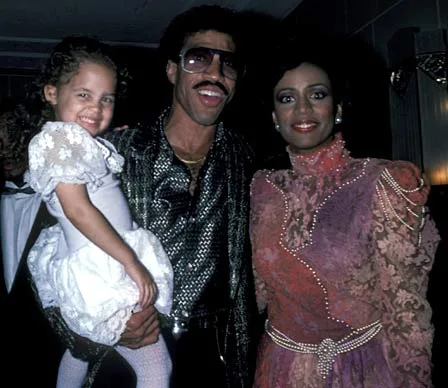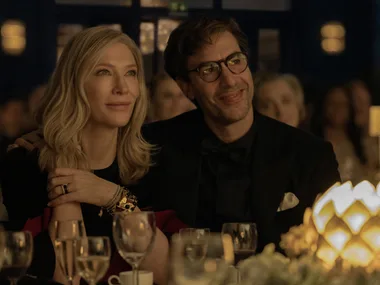
Actress Katherine Heigl and her musician husband Josh Kelley this week adopted a 10-month-old Korean girl named Nancy Leigh (after Heigl’s mother and sister), but who will be known by the nickname Naleigh. Heigl’s sister was also adopted from Korea.

Two years after they married, Hollywood power couple Nicole Kidman and Tom Cruise adopted Isabella Jane in 1992 and three years after that they added Connor Anthony to their family. Both have since had biological children with their new spouses: Kidman with Keith Urban (Sunday Rose, born July 2008) and Cruise with Katie Holmes (Suri, born April 2006).

Angelina first became a mother when she adopted seven-month-old Maddox from Cambodia in 2002 while still married to Billy Bob Thornton. Zahara from Ethiopia joined Jolie’s growing family in 2005, which by now included Brad Pitt as her partner. The birth of Shiloh followed in 2006 and today the Jolie-Pitt brood stands at six following the addition of three-year-old Vietnamese boy Pax in 2007, and the couple’s twins Knox and Vivienne in 2008.

After visiting an orphanage in Malawi as part of a goodwill mission in 2006, Madonna decided to adopt a boy, David Banda. The decision proved controversial but the Queen of Pop prevailed after a legal battle — and an impassioned public plea on the Oprah Winfrey show. It was a case of déja vu when she announced her intentions to adopt another Malawian orphan. Mercy James finally joined Madonna’s family (which also includes older children Lourdes and Rocco) in July this year.

Jackman and wife Deborra-Lee Furness adopted son Oscar from birth. “Hugh and I were there in the room when he was being born… there was like tears and photos and Hugh cut the cord and he was put straight into my arms,” Furness told Andrew Denton. The Jackman clan now also includes adopted daughter Ava, who was born in 2005.

Claudia Rose was adopted by actress Michelle Pfieffer in 1993. Soon after she met and married TV producer David E. Kelley (of Ally McBeal fame). Son John Henry was born in 1994.

In 2006, six years after her separation from husband Denis Quaid (father of her son Jack Henry), Ryan, now 47, adopted 14-month-old Daisy from China. “I am convinced, completely convinced that there was nothing random about [the adoption]. She is the daughter I should have,” Ryan says.

The singer and his then wife Brenda adopted two-year-old Nicole in 1983. These days mum-of-two Nicole prefers to only identify her birth parents as “friends of Lionel’s”.

The 62-year-old musician was devastated recently when his adoption plans fell through. John and his partner David Furnish met a 14-month-old HIV positive boy called Lev during a tour of a Ukranian orphanage, but when the couple expressed a desire to adopt him they were told they were ineligible because of David’s age and because the Ukranian government doesn’t recognise same-sex unions.







































